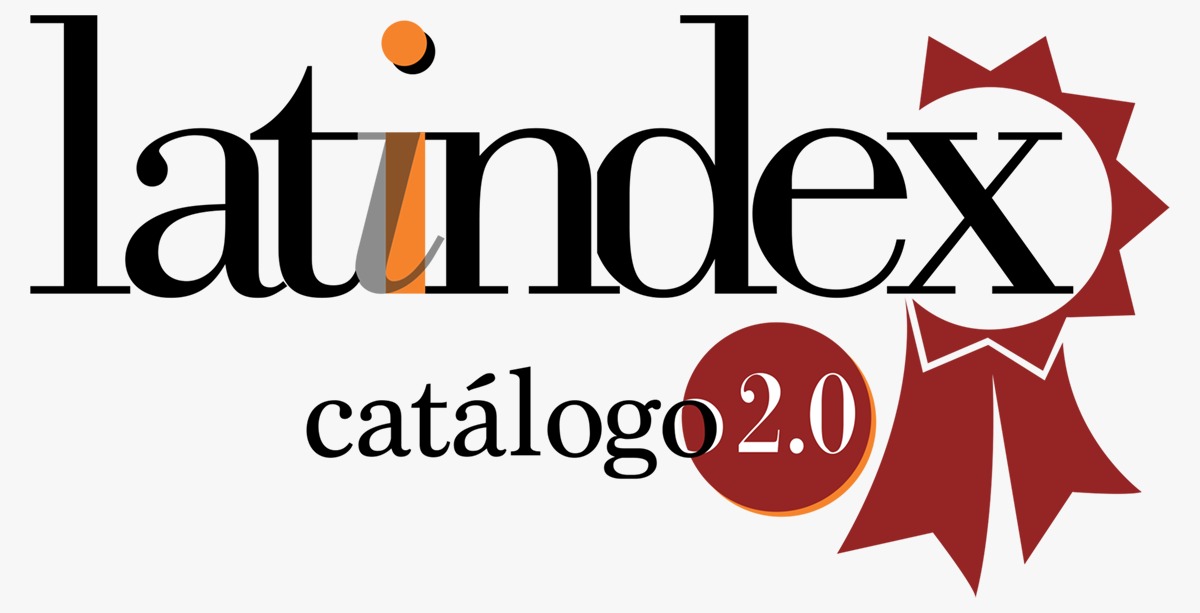AUDIOVISUAL TEACHING RESOURCES AND ITS IMPACT ON LEARNING THE ENGLISH LANGUAGE
Keywords:
audiovisual; diagnosis; methodology; learning; teaching.Abstract
This research arises from the need for new and different materials and tools that create a favorable environment for the teaching-learning process of English. This is how the idea of presenting the audiovisual resources in the classroom as a means to capture the interest of students in a positive and significant. From the research, we were able to obtain results in basic education students of the Educational Unit brushstrokes. The diagnosis acquired through observation forms and surveys provide relevant information about the relationship between the students and the audiovisual materials that help teachers of this course to improve their dynamics and pedagogy in their classes. In this research, we sought to demonstrate that the audiovisual resources are active methodology of teaching that has as a general principle the work from the action involving all the senses and playful element also helps to develop their language ability and improves the self-confidence of the students. The results obtained in the investigation contributed with the incursion of learning strategies so as to obtain a full and meaningful learning.
Downloads
References
Adame, T. (2004). Medios audiovisuales en el aula.
Arévalo, M., & Enríquez, G. (2013). UTILIZACIÓN DE LOS MEDIOS AUDIOVISUALES EN EL. Milagro: Universidad Estatal de Milago.
Asher, J. (2013). Total Physical Response. La importancia del Inglés en la Actualidad. Beatriz Blogger.
Bustos flores, P. (2012). El uso de materiales audiovisuales y su influencia en el aprendizaje del idioma inglés. Chillán-Chile.
Dornyei, Z. (2005). The psychology of the language learner. PROGRAMA MAESTRÍA EN DOCENCIA Y GERENCIA EN EDUCACIÓN, (pág. 79).
Edmonson, R. (2007). Merm-CONCLA.NET. Obtenido de Merm-CONCLA.NET: http://www.concla.net/Tutorial%20Fuentes/fuentes%20y%20recursos/Audiovisuales.html
Educación, R. d. (2011). Estrategias de la Educación, Retos y oportunidades. Revista de Educación.
Garrido, A. M. (2009). EL INGLÉS Y LAS NUEVAS TECNOLOGÍAS: MOTIVAR AL ALUMNADO CON DESTREZAS QUE CONOCE. Cuadernos de educación y desarrollo.
Hargreaves, A., Esteve, J., & Castells, M. (2009). Enseñar en la sociedad del conocimiento. Barcelona.
Huergo, J. (2008). The formative relevance of screens.
JorgePila, Z. D. (2005). The psychology of the language learner, COMPETENCIAS COMUNICATIVAS DE LOS ESTUDIANTES DE I-II NIVEL DE., (pág. 79). Guayaquil.
Latapie, I. (2007). Acercamiento al aprendizaje multimedia. Revista de Investigación de la Universidad Simón Bolívar.
Martínez, E.-S. S. (2003). La motivación en el aprendizaje.
Martínez, S. (2003). Recursos Audiovisuales y educación. Diálogos Revista Electrónica de Historia.
Medina, J. D. (2010). Introducción a los medios audiovisuales.
Medina, M. (2004). Medios audiovisuales en el aula.
Méric, O. (2014). Currículo para la enseñanza del idioma Inglés. Editorial académica Española.
Monclus, G. (s.f.). Los medios audiovisuales.
Pablo, C. R. (2014). El uso de elementos audiovisuales en la enseñanza del inglés. Soria: Universidad de Valladolid.
RAE. (2014). Definición Audiovisual.
Sevilla, B. (2013). Recursos audiovisuales y educación.
Sierras, M. (2002). Innovación y cualificación, ed. Diseño de medios y recursos didácticos.
Downloads
Published
How to Cite
Conference Proceedings Volume
Section
License
Copyright (c) 2020 María Soledad Williams Zambrano , Martha Narcisa Loor Fernández, German Wenceslao Carrera Moreno, Fresia María Véliz Robles, Rubén Congo Maldonado

This work is licensed under a Creative Commons Attribution 4.0 International License.
Usted es libre de:
- Compartir — copiar y redistribuir el material en cualquier medio o formato
- Adaptar — remezclar, transformar y construir a partir del material para cualquier propósito, incluso comercialmente.
Bajo los siguientes términos:
- Atribución — Usted debe dar crédito de manera adecuada, brindar un enlace a la licencia, e indicar si se han realizado cambios. Puede hacerlo en cualquier forma razonable, pero no de forma tal que sugiera que usted o su uso tienen el apoyo de la licenciante.
- No hay restricciones adicionales — No puede aplicar términos legales ni medidas tecnológicas que restrinjan legalmente a otras a hacer cualquier uso permitido por la licencia.













































